Life
Sign up for our newsletter
We summarize the week's scientific breakthroughs every Thursday.
-
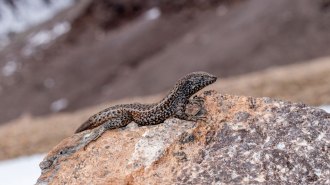 Animals
AnimalsA mountain lizard in Peru broke the reptilian altitude record
Liolaemus tacnae was photographed 5,400 meters above sea level in the Andes, breaking the highest elevation record for a reptile by about 100 meters.
By Jake Buehler -
 Genetics
GeneticsThe first human genetic blueprint just turned 20. What’s next?
The Human Genome Project led to many medical advances. Deciphering 3 million African genomes and using new tech to fill gaps could lead to even more.
-
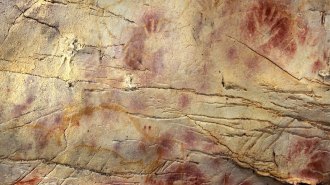 Earth
EarthA magnetic field reversal 42,000 years ago may have contributed to mass extinctions
The weakening of Earth's magnetic field beginning around 42,000 years ago correlates with a cascade of environmental crises, scientists say.
-
 Health & Medicine
Health & MedicineSome Neandertal genes in people today may protect against severe COVID-19
Neandertal DNA on chromosome 12 may affect genes involved in a biochemical chain reaction that ends with the destruction of viral RNA.
-
 Genetics
GeneticsThe oldest animal DNA ever recovered reveals mammoths’ evolution
Mammoths evolved to handle the cold over hundreds of thousands of years and North America may been home to a hybrid species, a new study finds.
-
 Animals
AnimalsA rare bird sighting doesn’t lead to seeing more kinds of rare birds
The idea that more kinds of rare birds are seen when birders flock to where one has been seen, the so-called Patagonia Picnic Table Effect, is a myth.
-
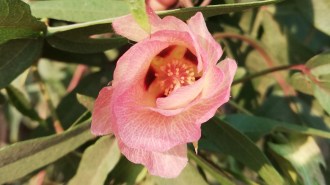 Plants
PlantsModified genes can distort wild cotton’s interactions with insects
In a Yucatan nature park, engineered genes influence nectar production, affecting ants’ and maybe pollinators’ attraction to the wild cotton plants.
-
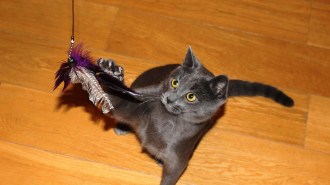 Life
LifeMeatier meals and more playtime might reduce cats’ toll on wildlife
Outdoor cats kill billions of birds and mammals each year. Simply satisfying their need to hunt or supplementing their diets could lessen that impact.
-
 Life
LifeA reeking, parasitic plant lost its body and much of its genetic blueprint
The Sapria himalayana flower's extreme parasitic lifestyle inside the body of its host has left a bizarre imprint on its genome.
By Jake Buehler -
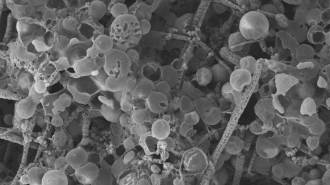 Earth
EarthFossil mimics may be more common in ancient rocks than actual fossils
Evidence of early life may be harder to preserve than pseudofossils — structures that form abiotically but resemble living remnants.
-
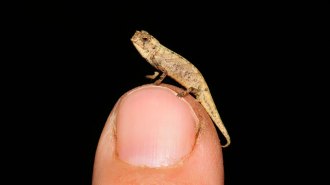 Animals
AnimalsA new chameleon species may be the world’s tiniest reptile
The newly described critters, found in the northern forests of Madagascar, may be threatened by deforestation.
-
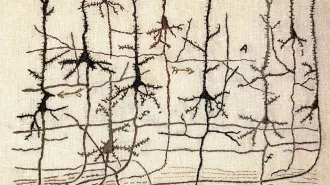 Neuroscience
NeuroscienceFamous brain sketches come to life again as embroideries
A needlework project pays tribute to the iconic drawings of Spanish neuroscientist Santiago Ramón y Cajal.